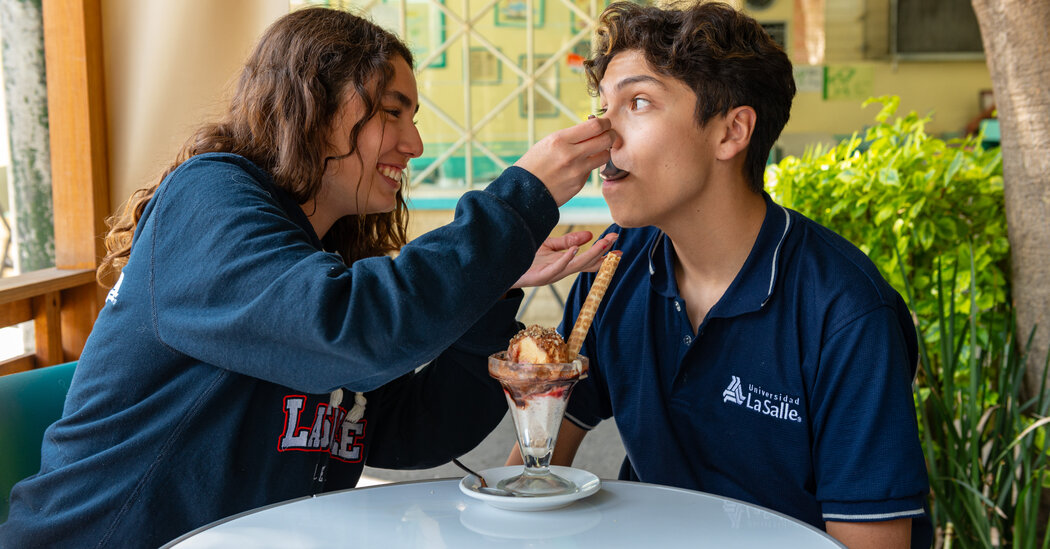Mexico does not have a long history with ice cream. The country’s first versions of the dessert were akin to snow cones, made from ice that was harvested from the summits of the country’s volcanoes and transported via donkeys and mules to urban areas. With a dash of salt and fruit mixed in, these “raspados” (literally, shavings) or “nieves” (snow), were prepared in flavors like lime and guava and were sold out of pushcarts along streets, just as they are today.
That changed roughly 80 years ago, when locals no longer needed to rely on these troves for their ice supply. With the advent of the refrigerator, ice cream shops started to blossom throughout Mexico City. Today, you can teleport from the capital city’s present into its past by visiting both of-the-moment ice cream parlors that are branching away from traditional flavors and shops from the last century that remain practically untouched by the hand of time. Here are five spots to hit on an ice cream tour of the city.
Cometa
“I’ve always been thinking about ice cream,” said Julia Ortiz Monasterio about the origins of Cometa, the artisanal ice cream shop she opened five years ago in the Roma neighborhood. Using almost exclusively local ingredients (down to the sugar), Cometa specializes in making quintessentially Mexican flavors that are not typically used for ice cream.
A September specialty, the baby blue-hued maize flavor — made to celebrate Cometa’s anniversary as well as Mexican Independence Day — has garnered somewhat of a cult following, with customers from across town making annual buying trips. Equally appetizing as it is curious is sweet potato, which is inspired by the city’s traveling food carts that sell roasted yams, and whose loud whistle has become one of the capital’s most recognizable sounds. Made from both orange and purple potatoes, the ice cream is a cosmic two-toned concoction with a sweet base that’s provided by a strong splash of caramelized milk. Then there’s a prickly pear (tuna in Spanish) variation, an explosion of cream and magenta that derives its beautiful colors from the bright pink cactus flower from which it is made.
“It’s so much more interesting to me to show people that you can make ice cream with ingredients they don’t expect,” said Ms. Ortiz Monasterio from her tiny shop inside an exquisite late-19th-century mansion. It’s also her way of taking advantage of the flavors that make Mexican culture so particularly rich (70…
Click Here to Read the Full Original Article at NYT > Travel…
